Text

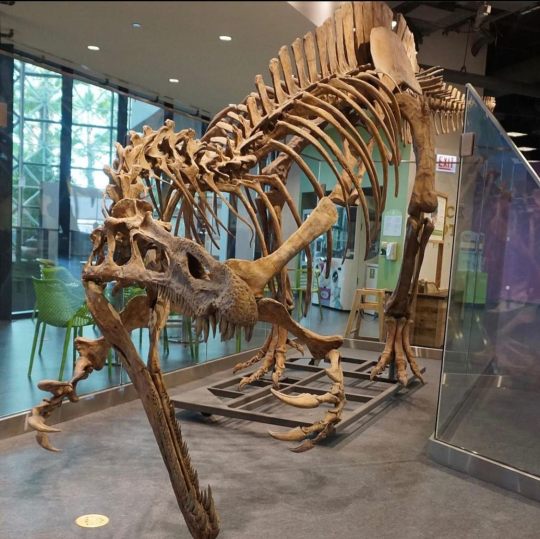
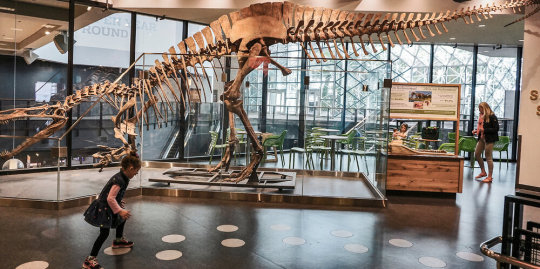


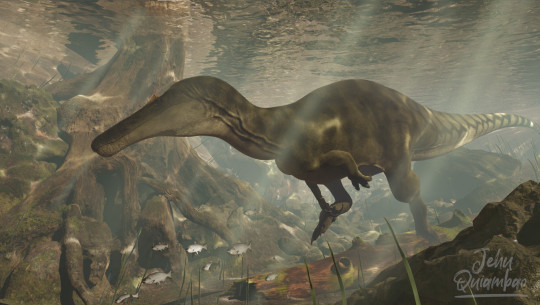

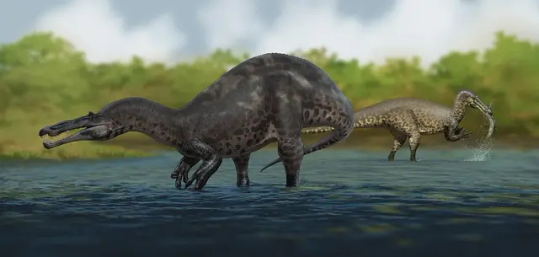
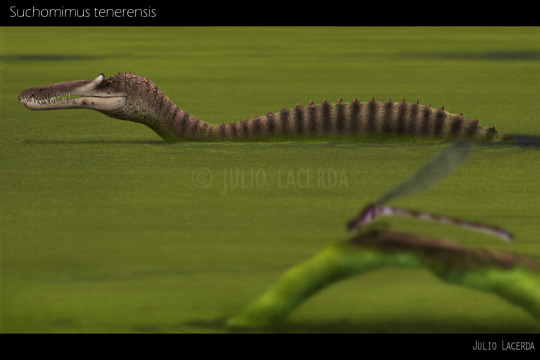
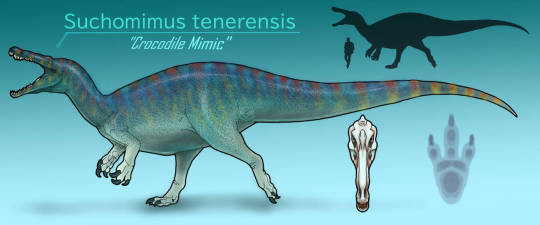
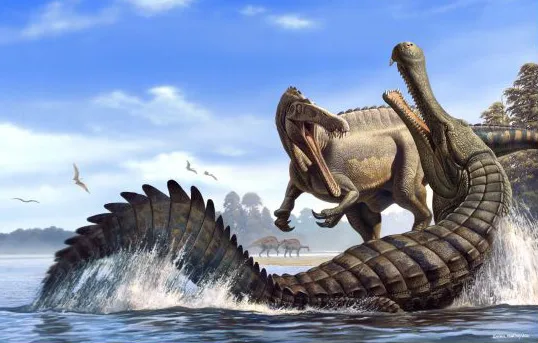
Happy Dinosaur Day: Suchomimus is a genus of spinosaur theropod dinosaur that lived throughout what is now North Africa during the Aptian and early Albian stages of the Early Cretaceous period some 125 to 112 mya. The first remains of suchomimus consisting of a giant thumb claw was discovered by David Varricchio in December of 1997 in Niger while he was working for a paleontological dig lead by Paul Sereno. Throughout 1997 and 1998 the dig team would unearth a 2/3rds complete giant theropod skeleton. In 1998 Paul Sereno, Allison Beck, Didier Dutheil, Boubacar Gado, Hans Larsson, Gabrielle Lyon, Jonathan Marcot, Oliver Rauhut, Rudyard Sadleir, Christian Sidor, David Varricchio, Gregory Wilson and Jeffrey Wilson would name and describe the animal as Suchomimus tenerensis. The generic name Suchomimus meaning "crocodile mimic” in Ancient Greek, and the specific name tenerensis is after the Ténéré Desert where the animal was found. Since then several more specimens have been recovered. Reaching around 31 to 36ft (9.5 to 11m) in length and 5,500 to 11,700lbs (2,500 to 5,300kgs) in weight, suchomimus was a massive animal which had a long & low crocodile like skull supported by a thick but short neck. It had sturdy hind legs and powerfully built forelimbs which bore a giant claw on each thumb. Along the midline of the animal's back ran a low dorsal sail, built from the long neural spines of its vertebrae. Like other spinosaurids suchomimus would have lived near bodies of water. The bulk of its diet of was likely comprised of boney fish, eels, sharks, rays, and amphibians, occasionally being supplemented with pterosaurs, crocodilians, and other dinosaurs.
Art used can be found at the following links
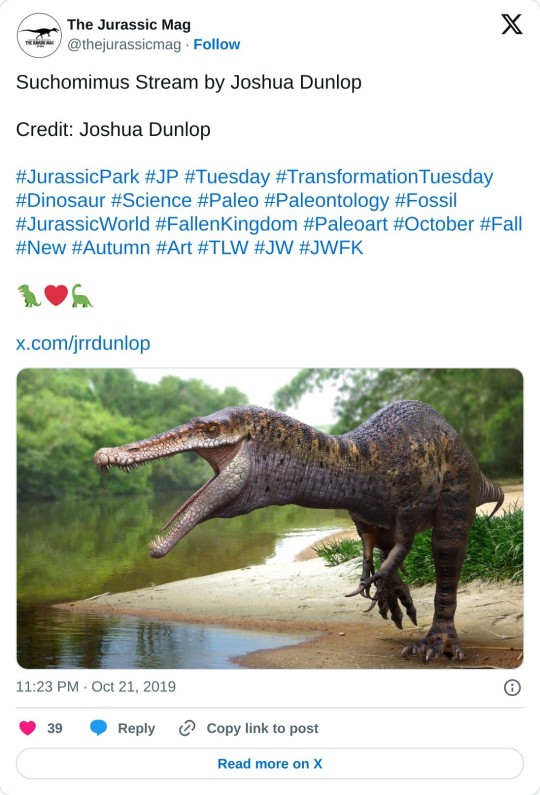
#pleistocene pride#pliestocene pride#mesozoic#suchomimus#spinosaur#elrhaz#africa#cretaceous#dinosaur#dinosaur day
2 notes
·
View notes
Text



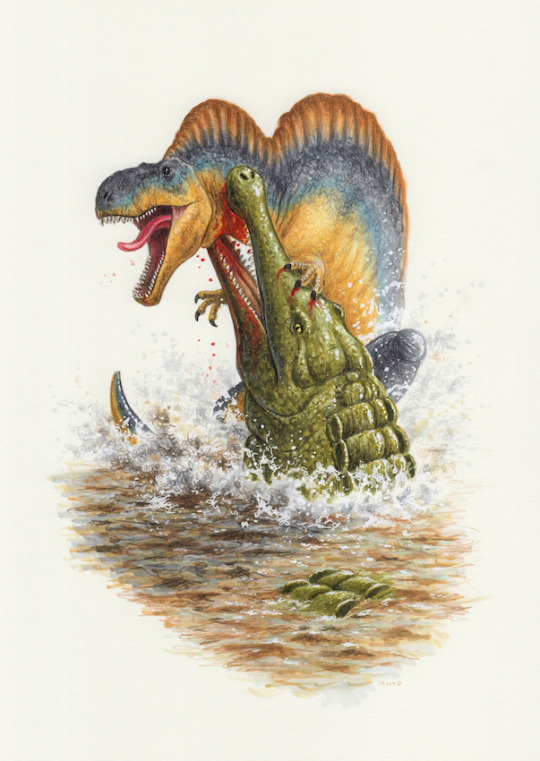
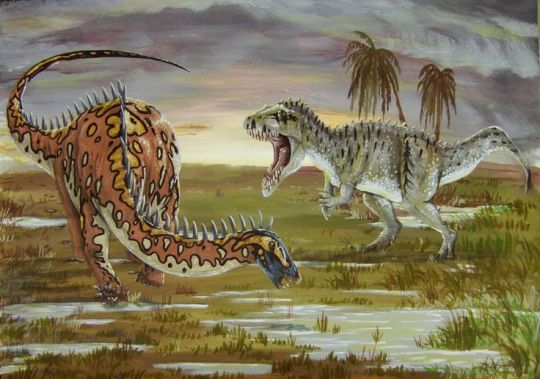
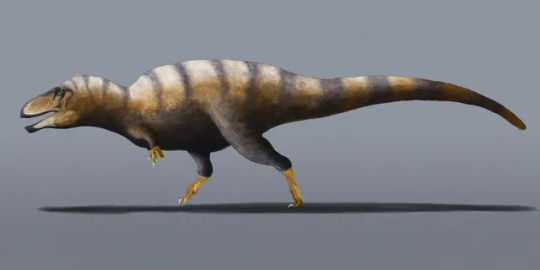
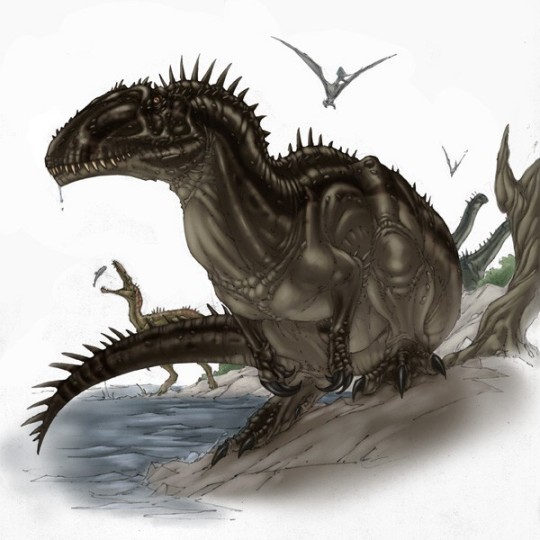


Happy Dinosaur Day: Eocarcharia is a genus of carcharodontosaurid theropod dinosaur that lived in what is now North Africa during the Aptian and Albian stages of the early cretaceous period some 125 to 112 mya. The holotype specimen of eocarcharia consisting of a partial skull was uncovered in the year 2000 during an expedition to the Elrhaz formation led by University of Chicago paleontologist Paul Sereno. These remains where found alongside the remains of an abelisaurid named Kryptops. Yet in wouldn’t be until 2008 that the animal would be formally named and described by Dr. Sereno and Dr. Brusatte. Since then some additional post cranial remains have been recovered/ reassigned from other genuses. The type and only species is Eocarcharia dinops which roughly translates to dawn shark with fierce eyes, with the specific name being in reference to the fact that Eocarcharia’s brow is swollen into a massive band of bone, giving it a menacing glare. Reaching roughly 19 to 26ft (6-8m) in length and 2,200 to 4,400lbs (1,000 to 2,000kgs) in weight, Eocarcharia would have been one of the largest predators of its environment. Likely using its sharp blade like teeth to dispatch various prey in the form of the sauropods, ornithopods, crocodiliomorphs, and smaller theropods it shared its environment with.
Art used can be found at the following links
#pleistocene pride#pliestocene pride#cretaceous#eocarcharia#carcharodontosaur#elrhaz#africa#dinosaur#dinosaur day#kryptops#mesozoic
3 notes
·
View notes
Photo
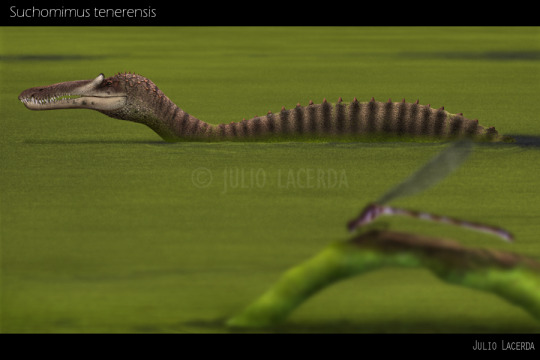
A Suchomimus swimming/walking in a shallow lake filled with algae or whatever that green thing might be.
184 notes
·
View notes
Text



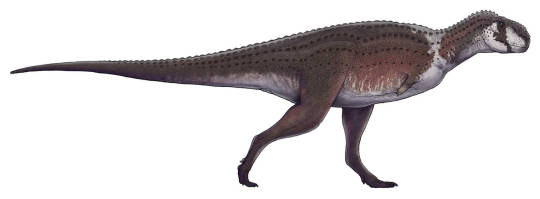

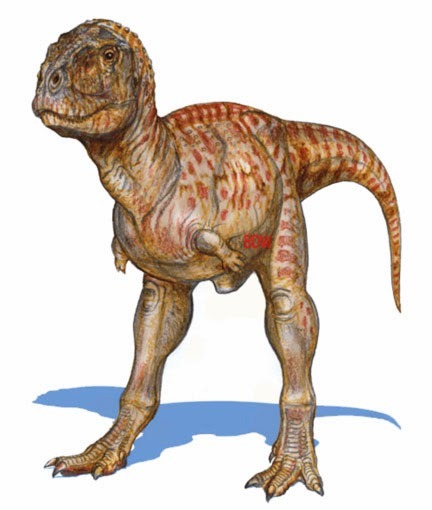
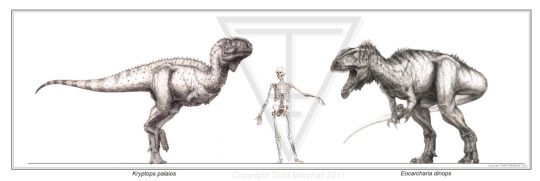
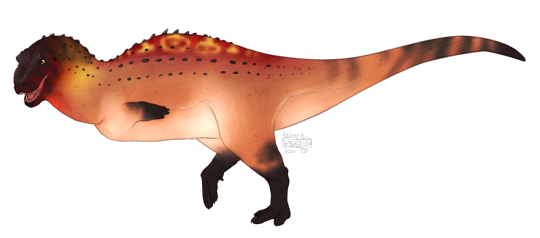

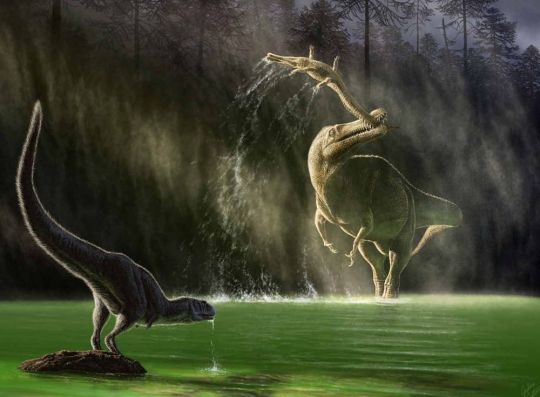
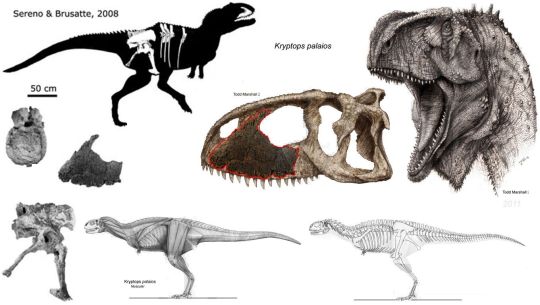
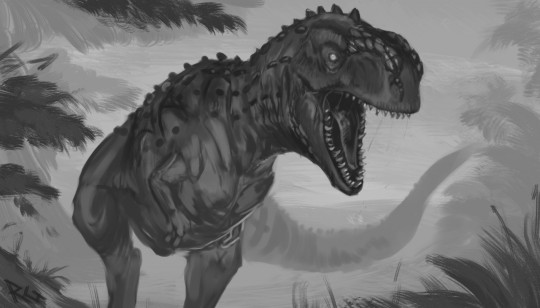
Kryptops is a genus of abelisaurid theropod dinosaur that lived throughout what is now North Africa during the middle Cretaceous period some 115 to 105 million years ago. The holotype specimen consisting of a partial skull, some ribs, vertebrae, and an articulated pelvic girdle and sacrum where unearthed in 2000 at the Gadoufaoua locality in the western Ténéré Desert, in rocks of the Aptian–Albian-age Elrhaz Formation by a paleontological expedition lead by Paul Sereno. These remains where found alongside the remains of a carcharodontosaurid named eocarcharia. Hower it wouldn’t be until 2008 that the animal would be formally named and described as Kryptops palaios by Dr. Sereno and Dr. Brusatte. The genus name means "covered face", in reference to evidence that the face bore a tightly adhering covering. With the specific name palaios meaning "old". Reaching around 19 to 23ft (6 to 7m) in length and 1,650–2,450lbs (750–1,100 kgs) in weight, kryptops was a medium-sized theropod and one of the earliest-known abelisaurids. There has been some debate on krytops’s placement and even validity as a genus, as in 2012 Matthew Carrano and colleagues found Kryptops palaios to be a chimera, and that its pelvis and sacrum found some 50ft (15m) from the holotypic skull to actually belong to the carcharodontosaurid Eocarcharia dinops. Yet Sereno and Brusatte performed a cladistic analysis which included these bones and found Kryptops to be the most basal abelisaurid. In life kryptops were likely ambush predators, using a bite-and-hold tactic to hunt large prey such as the ornithopods and sauropods in shared its environment with.
Art used can be found at the following links
#pleistocene pride#pliestocene pride#mesozoic#elrhaz formation#eocarcharia#kryptops#abelisaurid#cretaceous#dinosaur
2 notes
·
View notes
Text

"What is to come"
(image id is both in the alt text and below the read more- I put it under one because it's incredibly long)
And so there we have it, the 200+ followers artpiece that I have been working on for several days, if I had to guess I'd say it took 25 or so hours over eleven days. Honestly it's so surreal to me that I'm here with over 200 followers (260 as of typing this- yes, I procrastinated on this), especially when I only hit 100 followers in February. It's genuinely really nice to know that people are actually interested in my art (before anyone brings up spam bots- I know there are a few of them amongst my followers but I've checked most of them and I am 100% confident that over 200 of them are real). I don't really have much else to say really- I'm just grateful to have the support. Thanks y'all :).
[Image id: a large, lineless digital drawing of several dinosaurs. It is nighttime. At the bottom of the piece, a lone Eoraptor lunensis is walking across the floodplains- both the ground and the Eoraptor are just silhouettes, the early dinosaur has been given protofeathers. The full moon is shining, it's size is exaggerated for artistic affect. Behind the moon, the heads of sixteen different dinosaurs can be seen (listed left to right, bottom to top) Row 1- Thecodontosaurus antiquus (small sauropodomorph with light brown protofeathers, near-white undersides, straight stripes that are moderately darker than the base colour and vibrant green eyes), Coelophysis bauri (small early theropod with a long and narrow skull, its protofeathers are golden and black. A soft orange stripe runs across the back of its head, it has warm brown eyes. Row 2- Plateosaurus trossingensis (long-necked sauropodomorph, it has reddish-brown scales, light undersides, triangular stripes running down it's spine that get bigger the further down they get and pale yellow eyes), Heterodontosaurus tuckii (small ornithopod with a hooked grey beak. It has spiky green feathers, a lighter chest and a darker stripe running along its head and back, there are three small spots on its face, two behind the eye and one infront of it, it's eyes are bright yellow). Row 3- Megalosaurus bucklandii (medium-sized theropod with warm brown feathers, lighter undersides, dark spots and bright yellow eyes, there are several scars on its face), Brachiosaurus altithorax (greenish-grey true sauropod with lighter undersides, a dark pink patch on its throat, dark desaturated brown eyes and a few small scars on its neck), Archaeopteryx (early toothed bird with a black head, white neck and bright yellow eyes). Row 4- Hylaeosaurus armatus (pale brown ankylosaur with lighter undersides and vibrant green eyes), Velociraptor mongoliensis (dromaeosaur with light brown feathers, a lighter chest, a black stripe near its eye and light green eyes), Sinosauropteryx prima (small compsognathid theropod with ginger protofeathers, an off white mask and undersides and pale yellow eyes), Iguanodon bernissartensis (large greenish-grey ornithopod with a slightly darker back, pale undersides, a grey beak, and yellow eyes). Row 5- Matuku otagoense (heron with medium grey feathers and a small crest. A red stripe runs from just behind its nostrils to about a third of the way down its neck. Its undersides are white, its beak is grey and its eyes are brown), Triceratops prorsus (three-horned ceratopsian with grey-brown scales, lighter undersides, two triangular stripes between it's brow and nasal horns, reddish-orange diamond-like stripes on its frill, a hooked grey beak and golden eyes. Its brow horns curve forward at the base. Row 6- North Island brown kiwi (plump brown bird with a long pale beak, whiskers and black eyes, its nostrils are at the tip of its bill, and unlike the other dinosaurs in the sky part of its body below the neck is visible), male house sparrow (small redish-brown and grey bird with a black bib below it's bill), it has brown eyes and a dark grey bill. Row 7- rock dove (grey bird with iridescent green feathers scattered across its neck, a dark grey beak, and warm brown eyes). end id]
2K notes
·
View notes
Photo

A Parapuzosia defends itself against an attacking Mosasaurus.
See more at Earth Archives.
493 notes
·
View notes
Text
The computer is a machine built for looking at pictures of fish you wouldn't otherwise see. Anything else you can do with a computer was an accident and unintended
67K notes
·
View notes
Text
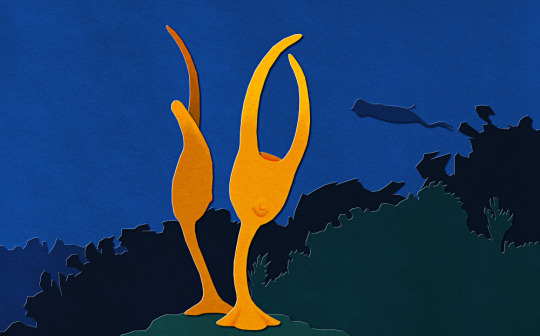
Nicknamed the "Y animal" or "wye", Escumasia roryi is an enigmatic fossil organism known from the Late Carboniferous Mazon Creek fossil beds in Illinois, USA, dating to about 308 million years ago.
Growing up to around 15cm tall (~6") this strange soft-bodied creature was Y-shaped, with two slender "arms" on each side of an apparent mouth opening, a flattened sac-like body with another opening on one side, and a long stalk ending in an attachment disc. Some specimens have uneven arm lengths, which may indicate damage from predation.
Being only known from the exceptional preservation conditions of Mazon Creek, and with nothing else quite like it in the known fossil record, Escumasia's evolutionary relationships are still a mystery. It's been tentatively linked to cnidarians – but this doesn't really fit based on its anatomy, and little further study has been done on it since its discovery in the 1970s.
It was probably a filter feeder, living attached to the seafloor and capturing suspended organic material or small planktonic prey with its arms. The environment it inhabited was a shallow tropical marine bay, located close to the equator at the time, near a large river delta that would have made the surrounding waters rather brackish. This ecosystem was dominated by cnidarians, particularly the anemone Essexella, along with various arthropods, lobopodians, polychaete worms, molluscs, echinoderms, fish, lampreys, hagfish, and other difficult-to-classify weirdos like the famous "Tully monster" Tullimonstrum.
———
NixIllustration.com | Tumblr | Patreon
References:
Clements, Thomas, Mark Purnell, and Sarah Gabbott. "The Mazon Creek Lagerstätte: a diverse late Paleozoic ecosystem entombed within siderite concretions." Journal of the Geological Society 176.1 (2019): 1-11. https://doi.org/10.1144/jgs2018-088
Nitecki, Matthew H., and Alan Solem. "A problematic organism from the Mazon Creek (Pennsylvanian) of Illinois." Journal of Paleontology (1973): 903-907. https://www.jstor.org/stable/1303070
Wikipedia contributors. “Mazon Creek fossil beds.” Wikipedia, 10 May 2024, https://en.wikipedia.org/wiki/Mazon_Creek_fossil_beds
150 notes
·
View notes
Text
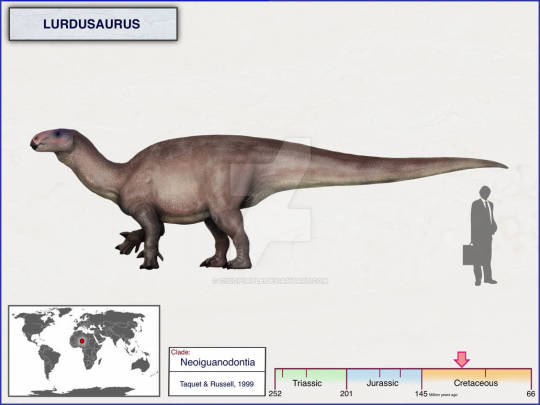

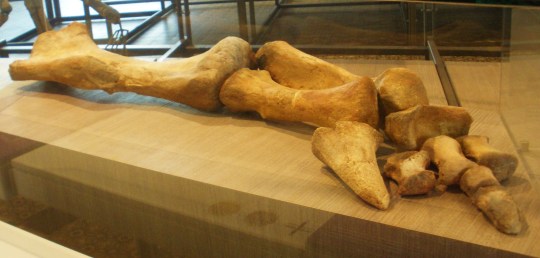
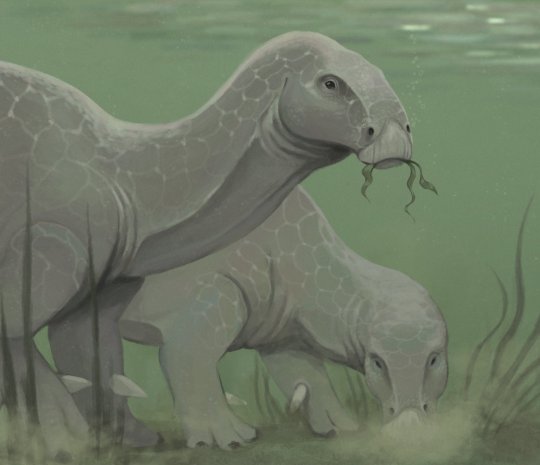
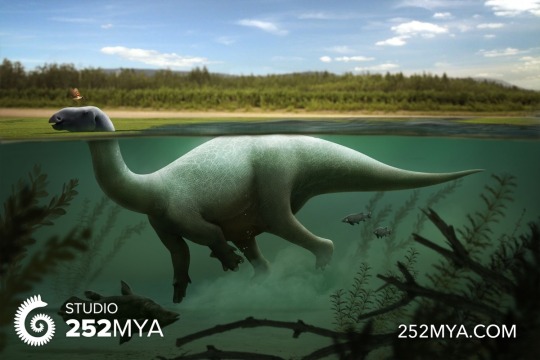
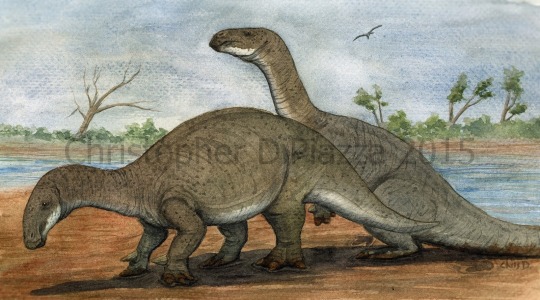

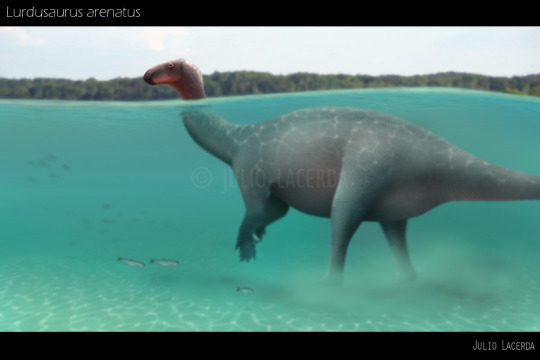
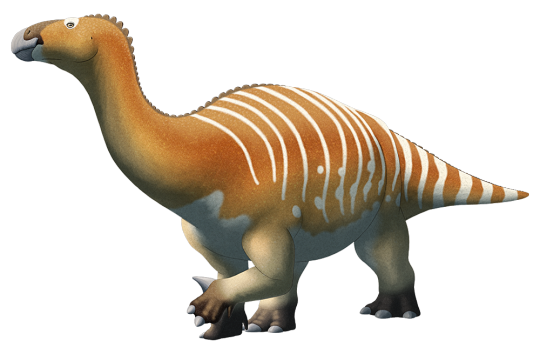

Lurdusaurus is a genus of massive and unusually shaped iguanodont dinosaur which lived during the Aptian to early Albian stages of the Early Cretaceous period some from the Elrhaz Formation in Niger. The holotype of lurdusaurus consisting of a nearly complete adult skeleton with a partial skull where unearth in 1965 by Philippe Taquet at the Gadoufaoua site of the Elrhaz Formation, in the Tenere desert of Niger. Taquet initially believed it to be a species of Iguanodon but in 1976 he noted it should probably be classified into a new genus. Paleontologist Souad Chabli described the remains in 1988 for her PhD thesis, under the direction of Taquet. She named it "Gravisaurus tenerensis". However, her dissertation was never published. It wouldn’t be until n 1999, Turquet and Dale Russell published the first formal description, naming it Lurdusaurus arenatus. The generic name comes from Latin lurdus "heavy" and Ancient Greek sauros "lizard", in reference to the enormous weight of the fossils. The specific name arenatus is Latin for "sandy" because it was found in a desert. Since then a few partial specimens have been recovered giving a more complete picture of the animal. Lurdusaurus has a highly atypical body plan for an iguanodont, reaching 23 to 30ft (7 to 9m) in length, 6-7ft (1.8 to 2.1m) tall when on all fours, with its stomach being held just 2-3ft (.6 to .9m) off the ground. This animal would have weighed 5,600 to 12,200lbs (2,500 to 5,500kgs), making it incredibly heavy for an ornithopod particularly of its size. Lurdusaurus had a small skull, long neck, rotund torso, and powerful forelimbs and claws. Its metacarpals (wrist bones) are fused and reinforced into a large block, and the thumb spike is remarkably enormous being around 60% larger than those of comparable iguanodonts. In 2007, paleontologist Thomas R. Holtz Jr. speculated that "Lurdusaurus may have been the dinosaur equivalent to a hippo" as they both share a heavy, stocky body plan. Others have stated the similarities to lurdusaurus’s anatomy to that of giant ground sloths, some of whom were also aquatically aligned. As such it has been proposed that lurdusaurus while capable of walking on its hindlegs, was primarily quadrupedal and semi aquatic. Living in forested riverine environments spending much of its time in the water and utilizing its unique enormous thumb spikes to help it feed on vegetation and as defensive weaponry against predators.
Art used can be found at the following links
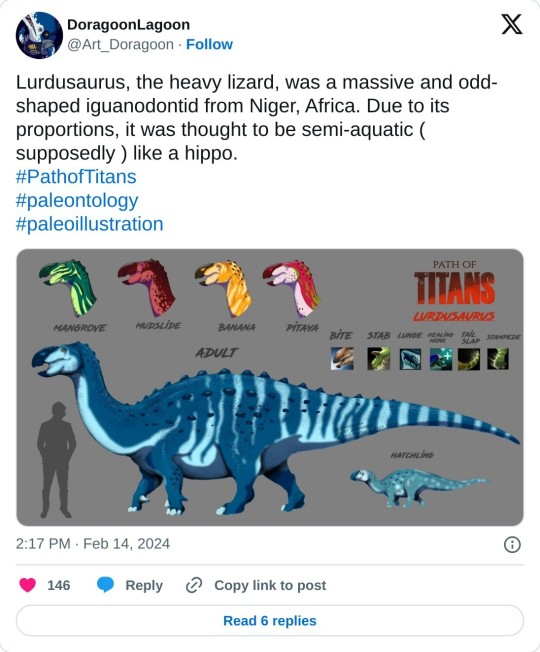
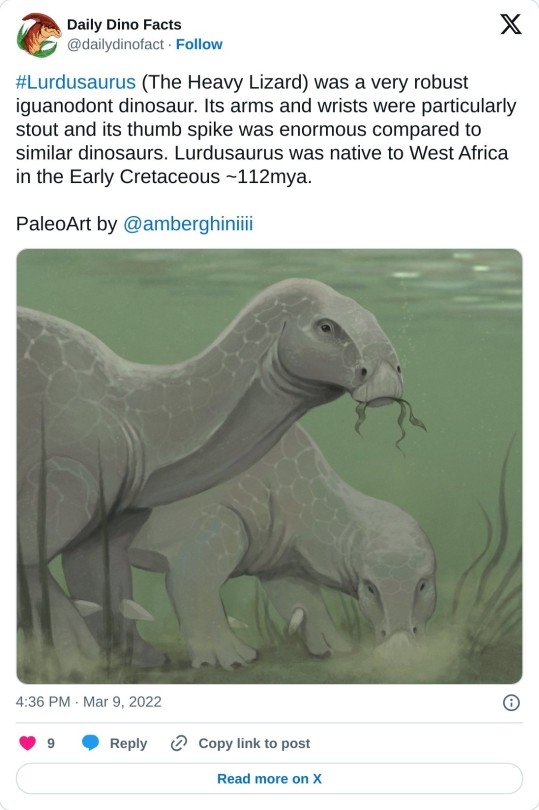
3 notes
·
View notes
Text
31K notes
·
View notes
Text
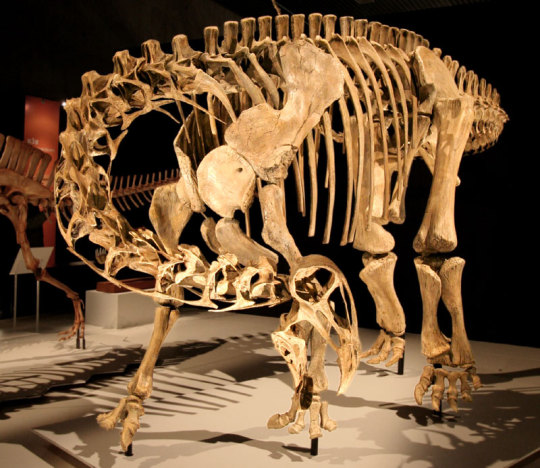

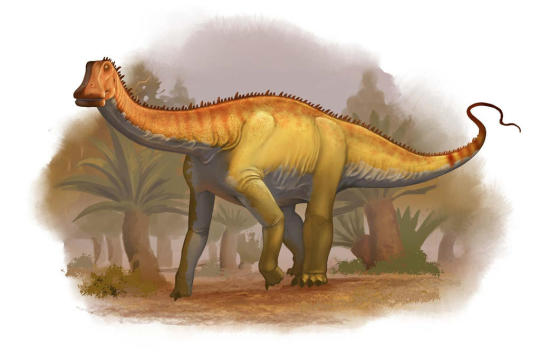
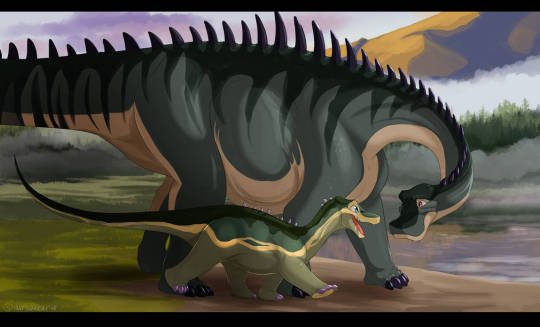

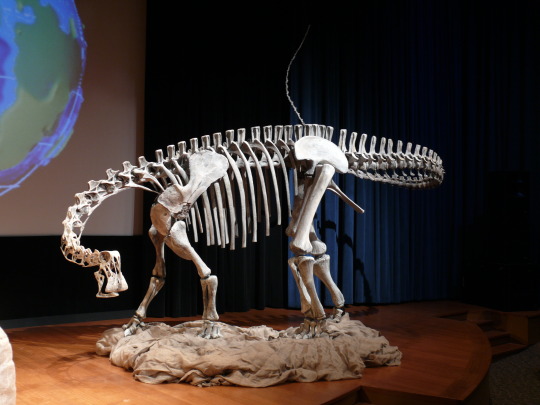
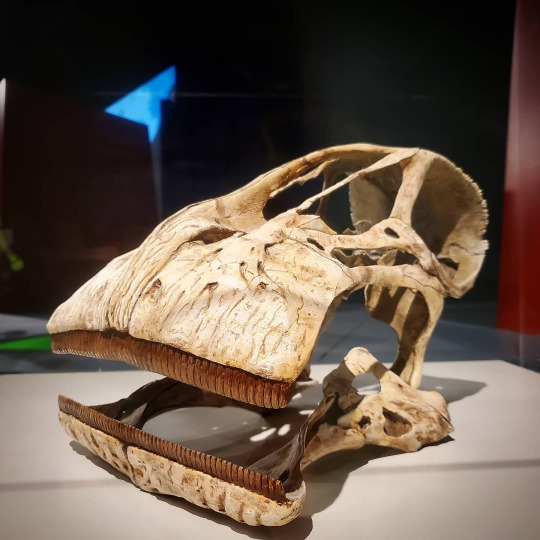
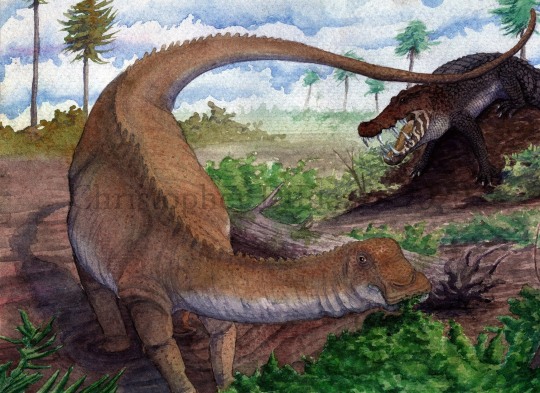

Nigersaurus is a genus of rebbachisaurid sauropod dinosaur that lived throughout what is now africa during the middle Cretaceous period some 115 to 105 million years ago. Remains thought to belong to Nigersaurus were first discovered during a 1965–1972 expedition to the Republic of Niger led by French paleontologist Philippe Taquet, and first mentioned in a paper published in 1976. Although a common genus, the dinosaur had been poorly known until more material of other individuals was discovered during expeditions led by American palaeontologist Paul Sereno in 1997 and 2000. As such Nigersaurus was named and described in more formerly named and described in detail in 1999 by Sereno and his colleagues, The genus name Nigersaurus means Niger reptile in reference to the country where it was discovered, and the specific name taqueti honours Taquet, who was the first to organize large-scale palaeontological expeditions to Niger. The limited understanding of the genus was the result of poor preservation of its remains, which arises from the delicate and highly pneumatic construction of the animals skeleton. Reaching around 30ft (9m) in length and 4,000 to 9,000lbs (1,800 to 4,100kgs) in weight, Nigersaurus was surprisingly small for a sauropod being comparable to a modern elephant. It was a quadrupedal animal with a small head, short neck, thick hind legs, and a prominent tail. Its skull was very specialized for feeding, with large fenestrae and thin bones. It had a wide muzzle filled with more than 500 teeth, which were replaced at a rapid rate: around every 14 days. The jaws may have borne a keratinous sheath giving the animal a beak like structure. In life Nigersaurus was probably a browser, traveling the plains, wetlands, and riverine forest in herds as they feed upon ferns, horsetails, and angiosperms.
Art used can be found at the following links

4 notes
·
View notes
Text


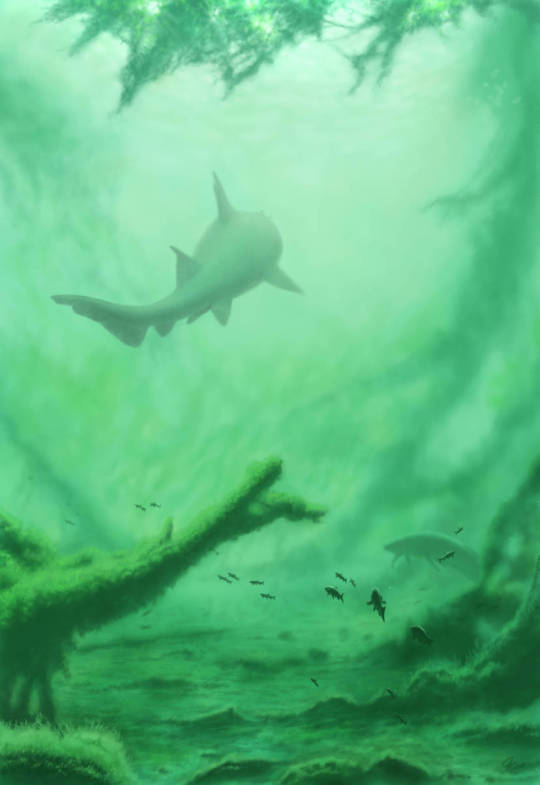



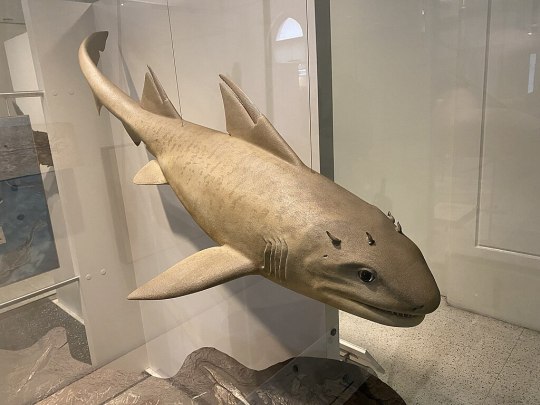
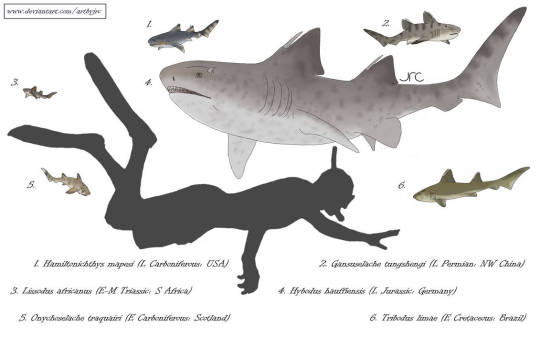
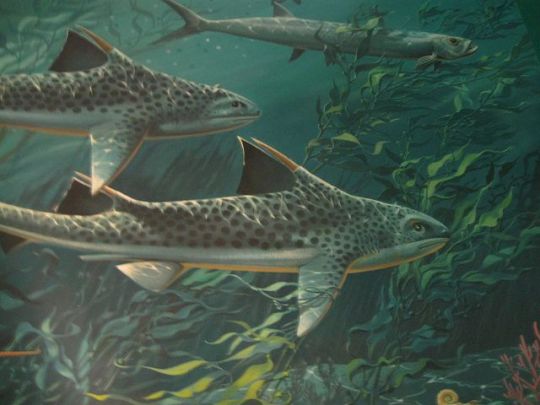
Hybodus is an extinct genus of hybodont shark-like cartilaginous fish which lived throughout much of the world’s marine, brackish, and freshwater environments from the Late Permian Period to the Late Cretaceous Period some 259 to 66 million years ago. The first known remains of hybodus consisting of various isolated teeth where collected and formally described from throughout Europe by Jean Louis Rodolphe Agassiz in 1837 whilst he worked on his five volume series: Research on Fossil Fish. He dumped the creature Hybodus meaning crooked or humped tooth in ancient greek. In the following centuries several more remains would be unearthed including spines, jaws, vertebrae, and even whole specimens. Because of this numerous species have been assigned to Hybodus with varying degrees of analysis and evidence unfortunately leading hybodus to become a bit of a wastebasket taxon which is current undergoing a broad amount of reexamination. As such the exact species count is uncertain. Although first believed to merely be an extinct example of a living shark family, in 1911 Dr. Zittel showed them to be there own distinct lineage which along with modern sharks and rays make up the the clade Euselachii. Reaching around 6.6 to 9.8ft (2 to 3m) in length, It possessed a streamlined body shape similar to modern sharks, with two similarly sized dorsal fins that would have helped it steer with precision. These fins where also lined with dentinous spines which exhibit a rib-like ornamentation located towards the tip of the spine, with rows of hooked denticles present on the posterior side. The spines may have played a role in defending the animal from predators. Hybodus is also unique in that these fish sported multiple different kinds of teeth each distinctly shaped, it is thought that Hybodus' varied dentition would have allowed it to opportunistically exploit a variety of food sources; sharper teeth would have been used to catch slippery prey, while the flatter teeth probably helped them crush shelled creatures.
Art featured can be found at the following links
7 notes
·
View notes
Text
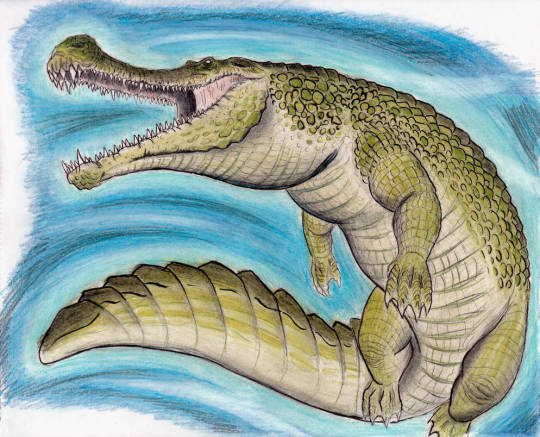
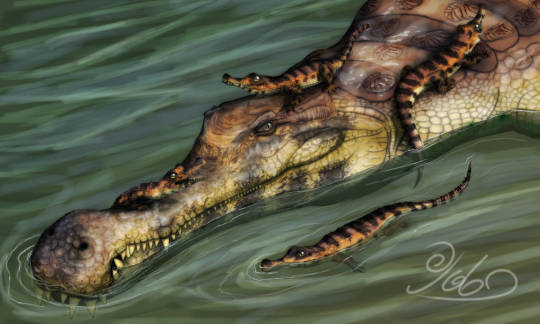
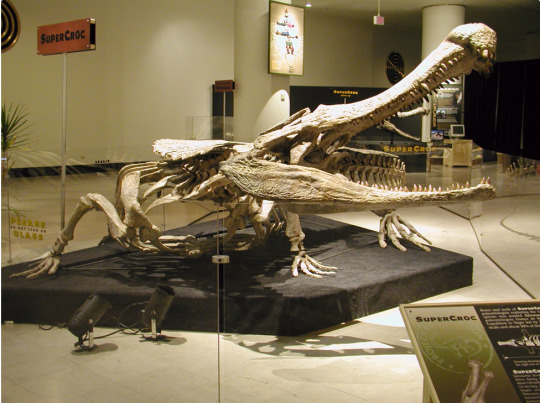


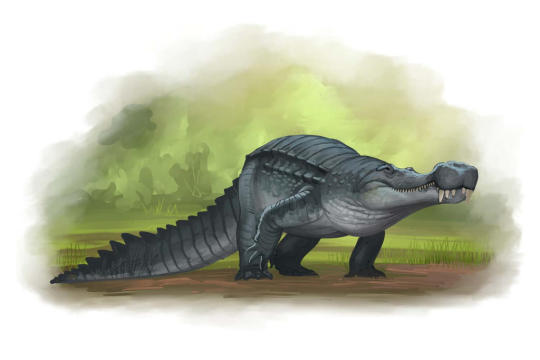

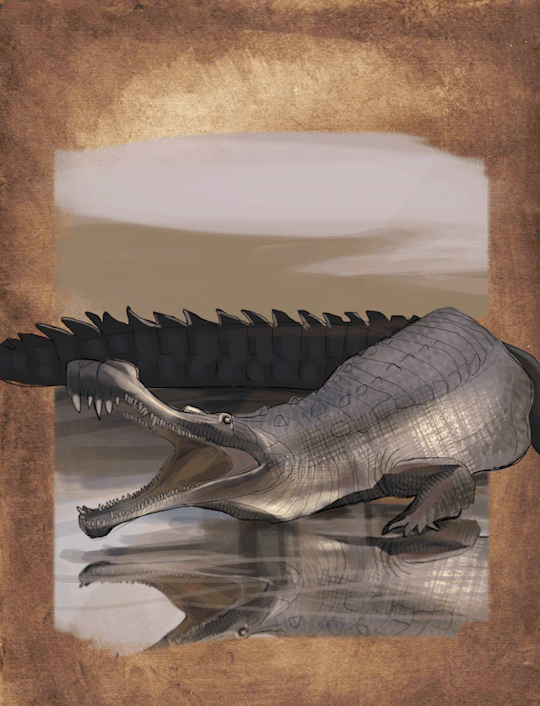
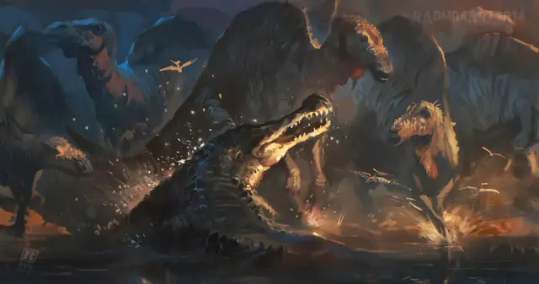

Sarcosuchus is an extinct genus of crocodyliform and distant relative of living crocodilians that lived throughout what is now Africa and South America from the late Hauterivian to the late Cenomanian of the Early Cretaceous Period some 133 to 93 mya. From 1946 to 1959 French paleontologist Albert-Félix de Lapparent lead multiple expeditions into the sahara desert, during such time several crocodyliform fossils consisting of fragments of the skull, teeth, scutes and vertebrae were unearthed in the Continental Intercalaire Formation, Foggara Ben Draou region, Ain el Guettar Formation, and the Elrhaz Formation. These were attributed to a large long snouted yet undiagnostic crocodyliform. Then in 1964 a team of researchers from the French Alternative Energies and Atomic Energy Commission discovered an almost complete skull in the region of Gadoufaoua in Niger. This specimen along was then described by Broin & Taquet in 1966 who named the animal sarcosuchus imperator meaning flesh crocodile supreme ruler. In 1977 a reevalution of material consisting of lower jaw, dorsal scute and two teeth initially found in brazil by American naturalist Charles Hartt in 1897, found them to be Sarcosuchus. These remains where initially classified as a species of Crocodylus then as Goniopholis, and are now considered the type specimen of S. hartti. The next major findings occurred during the expeditions led by the American paleontologist Paul Sereno in 1995, 1997, and 2000. Who discorved 6 fairly complete sarcosuchus individuals. Reaching around 26 to 33ft (8 to 10m) in length and 7,600 to 9,500lbs (3,450 to 4,300 kgs) in weight, sarcosuchus was a benemoth beast. It sported a giant head with elongated jaws, slightly telescoping eyes, and an expansion at the end of its snout known as a bulla. The body was covered in armor and the tail was long and strong yet flexible. In life sarcosuchus would have inhabited inland swamps, lakes, rivers, and wetlands, feeding upon a plethora of fish, amphibians, invertebrates, turtles, lizards, pterosaurs, other crocodyliforms, and even the occasional dinosaur.
Art used can be found at the following links:
11 notes
·
View notes
Text
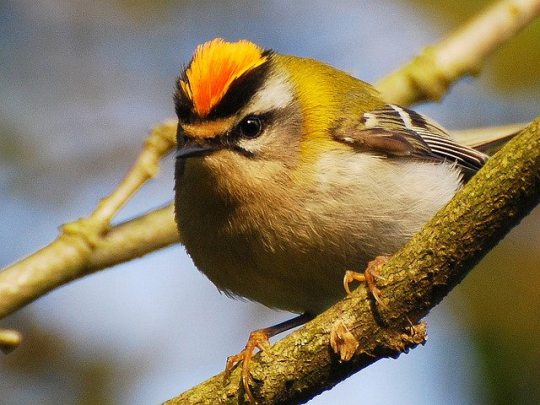
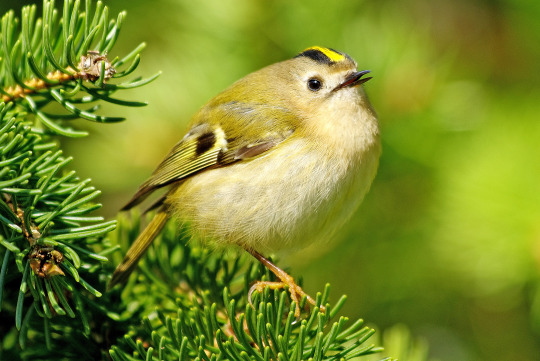

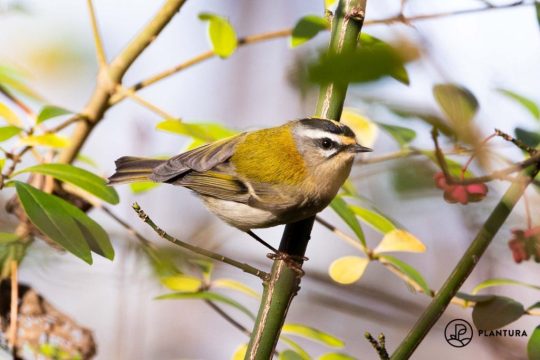
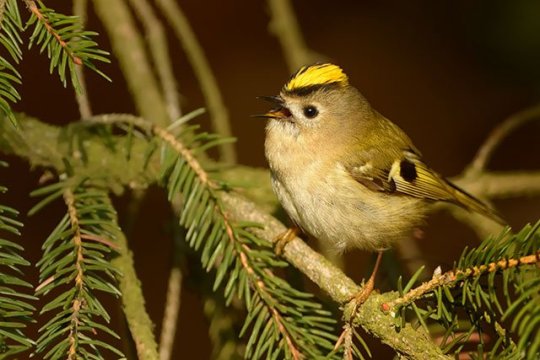
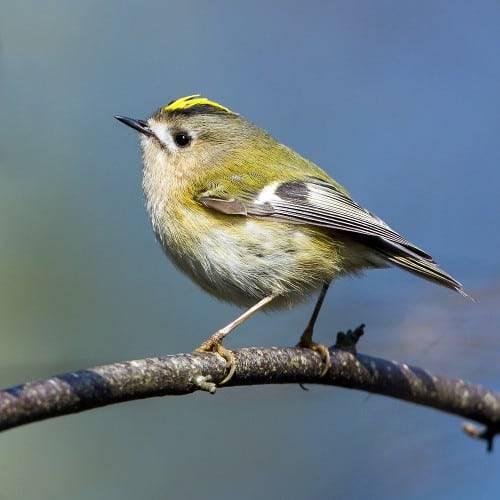
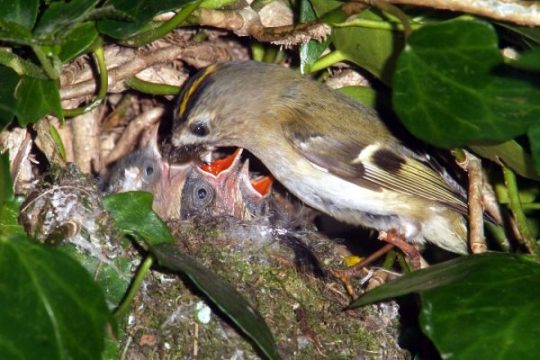
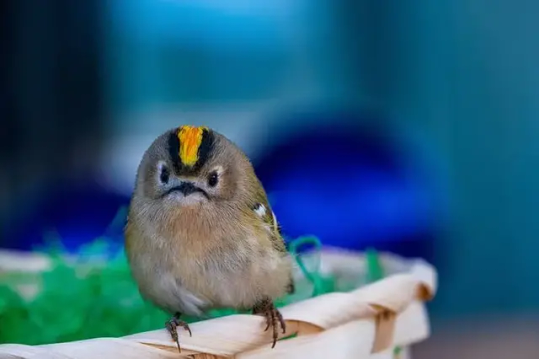
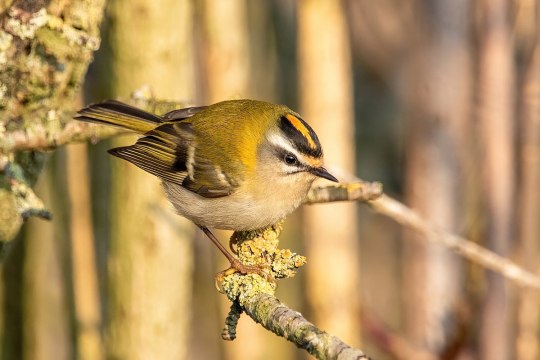
Regulus regulus better known as the common goldcrest or as the "king of the birds", very small passerine bird in the kinglet family which is endemic to much of Eurasia from the Iberian Pennisula to the Korean Pennisula and from as far north as Siberia to as far south as India, along with patches of North Africa and several islands including but not limited to Japan, Iceland, Sicily, Taiwan, Sardinia, Crete, Ireland, Corsica, Britain, and the Azores. These birds typically live alone or in monogamous pairs which tend to inhabit heathlands and coniferous forests up to 9,800ft in elevation. Here they feed primarily upon insects and other arthropods such as moths, crickets, amphids, spiders, caterpillars, springtails and flies, as well as tree sap. This species is partly migratory, with the northern most populations traveling north to breed and south to over winter. Reaching just 3.3 to 3.7 inches (8.5 to 9.5cms) in length, .16 to .25oz (4.5 to 7 grams) in weight, with a 5.3 to 6.1 inch (13.5 to 15.5cm) wingspan, the common goldcrest is Europe's smallest bird. It is similar in appearance to a warbler, with olive-green upper-parts, buff-white underparts, two white wing bars, and a plain face with conspicuous black irises. The crown of the head has black sides and a narrow black front, and a bright crest, yellow with an orange centre in the male, and entirely yellow in the female. The small, thin bill is black, and the legs are dark flesh-brown.The breeding season begins in April or May depending on the region. A pair will build a well-insulated 3 layered cup-shaped nest out of moss, small twigs, cobwebs, feathers, hair, and lichen in the branches of a tree. Here the female will lay 6 to 13 eggs which are incubated 16 to 19 days until hatching. Which are cared for by both parents until they fledge some 17 to 22 days later. It is not uncommon for common goldcrest pairs to lay 2 or more clutches in a season. Under ideal conditions a common goldcrest will reach sexual maturity at around 1 year of age and may live upwards of 7 years.
1 note
·
View note
Text


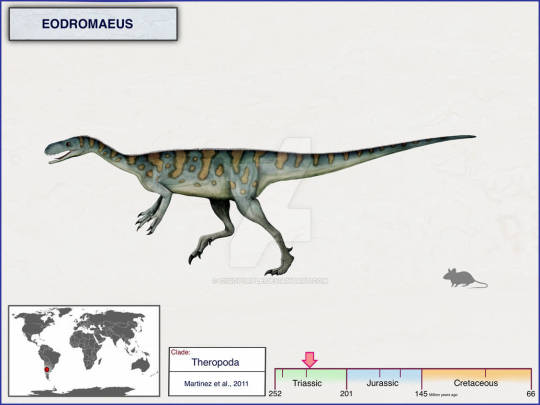
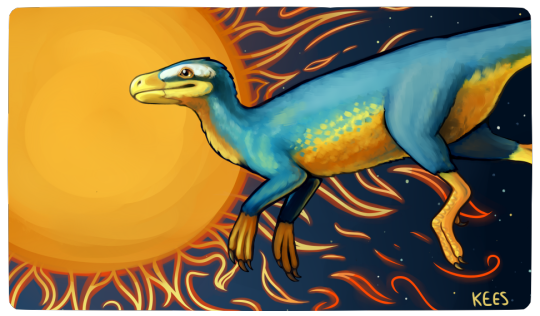

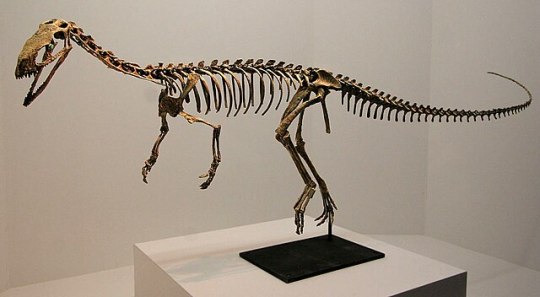

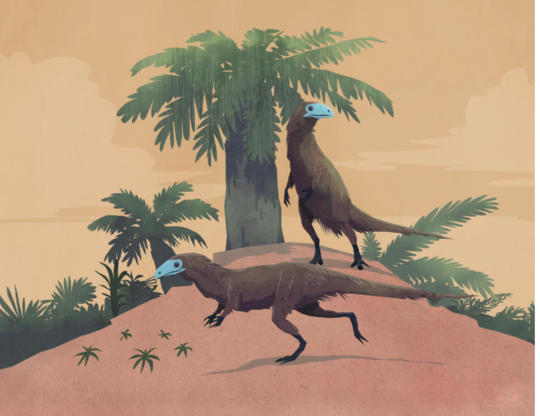
Eodromaeus is an extinct genus of probable basal theropod dinosaur which lived throughout what is now South America during the Carnian stage of the Triassic period some 232 to 228 mya. The first remains now known to be eodromaeus was a crushed but nearly complete articulated skeleton was recovered from the base of the Valle de la Luna Member of the Ischigualasto Formation by Argentinean paleontologist Ricardo N. Martinez and Earthwatch volunteer Jim Murphy in 1996. However both believed it to be a new species of eoraptor. It wouldn’t be until 2011 that an indepth review of the specimens would recognize that they warrented being classified as there own genus which was dubbed Eodromaeus meaning dawn runner in greek. With the specific name murphi honoring Jim Murphy. Today the remains of at least six eodromaeus specimens are known. Reaching around 3.9ft (1.2m) in length and 9.9 to 16lbs (4.5 to 7.1kgs) in weight, Eodromaeus was a small and lightly built dinosaur which had long hindlimbs making it well built for running. It had a low rectangular skull with slender lower jaw and a deep brain case. When originally described in 2011, Eodromaeus was regarded as the earliest member of Theropoda. This has been continousely supported by many subsequent studies; however there has been some that argue that Eodromaeus is rather a basal saurischian and possibly ancestral to theropods as a whole. What is known is that this small carnivorous dinosaur lived alongside and occasionally fed upon a variety of the strange and wondrous Triassic weirdos that called the Ischigualasto formation home.
art used can be found at the following links
#pleistocene pride#pliestocene pride#mesozoic#triassic#eodromaeus#theropod#dinosaur#ischigualasto formation
2 notes
·
View notes
Text
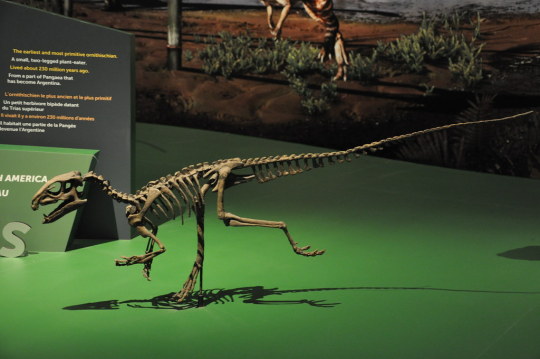

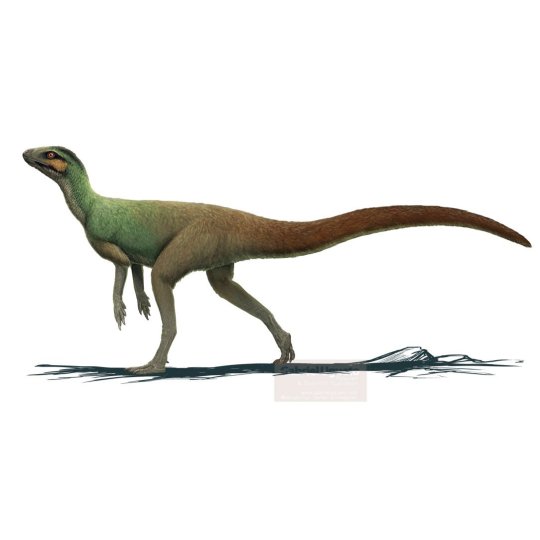
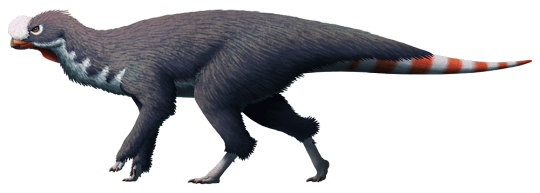
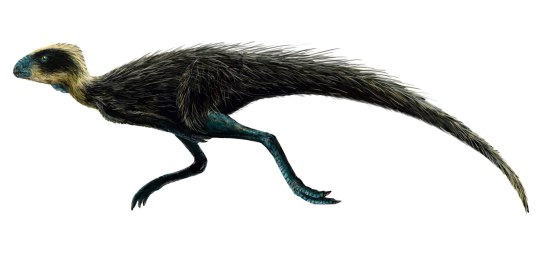
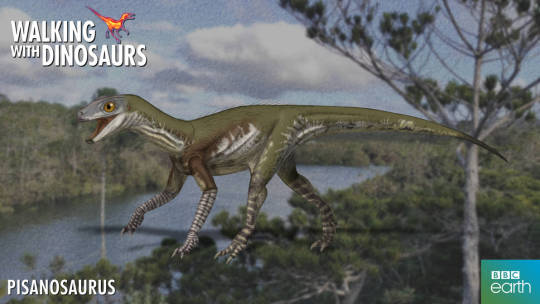
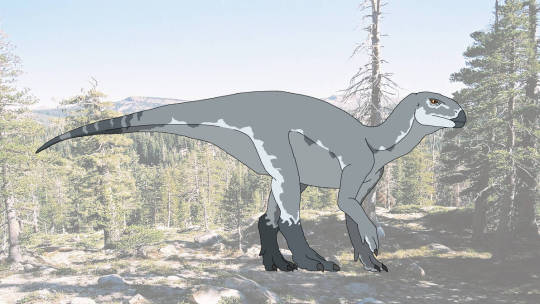
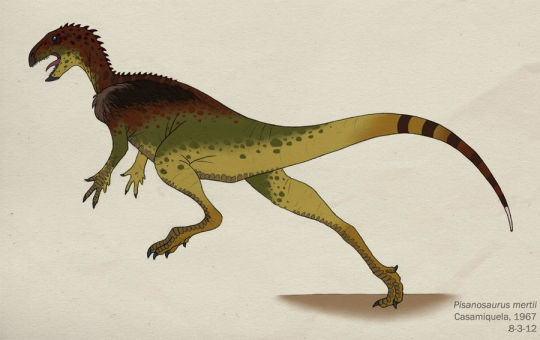
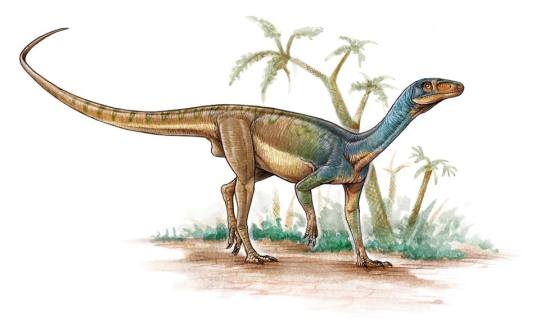
Pisanosaurus is an extinct genus of early dinosauriform reptile which lived throughout what is now South America during the Carnian stage of the Triassic period some 231 to 227 mya. The first and only known specimen of Pisanosaurus consisting of a single partial skeleton was unearth in 1962 by Galileo Juan Scaglia at the Hoyada del Cerro Las Lajas locality in the Ischigualasto Formation of La Rioja Province, Argentina. It was later described by Argentine paleontologist Rodolfo Casamiquela in 1967 who named the animal Pisanosaurus meaning "Pisano’s lizard" in honor of Argentine paleontologist Juan Arnaldo Pisano of La Plata Museum. With the species name mertii being a reference to the late Araucanian naturalist Carlos Merti. Reaching around 3.3 to 4.3ft (1 to 1.3m) in length and 4 to 5lbs (1.8 to 2.7kgs) in weight, Pisanosaurus was a small and lightly built facultative biped animal. Due in part to its fragmentary nature, Pisanosaurus has been variously interpreted as being either a very basal ornithischian dinosaur, perhaps the earliest known, or as being a silesaurid: a group of non-dinosaur dinosauriform archosaurs. The placement of Pisanosaurus is reliant on the placement of silesaurids as a whole, a situation which in itself is of much debate. While Silesauridae is often considered a monophyletic sister group of dinosaurs, some studies consider it a paraphyletic grade ancestral to ornithischian dinosaurs as a whole. There in Pisanosaurus could have been both a silesaur and a primitive ornithischian. Reguardless of its taxonomic position, pisanosaurus was a small herbivore with likely spent its life in the underbrush of coniferous forests feeding upon various vegetation such as ferns and horsetails.
Art used in can be found at the links below
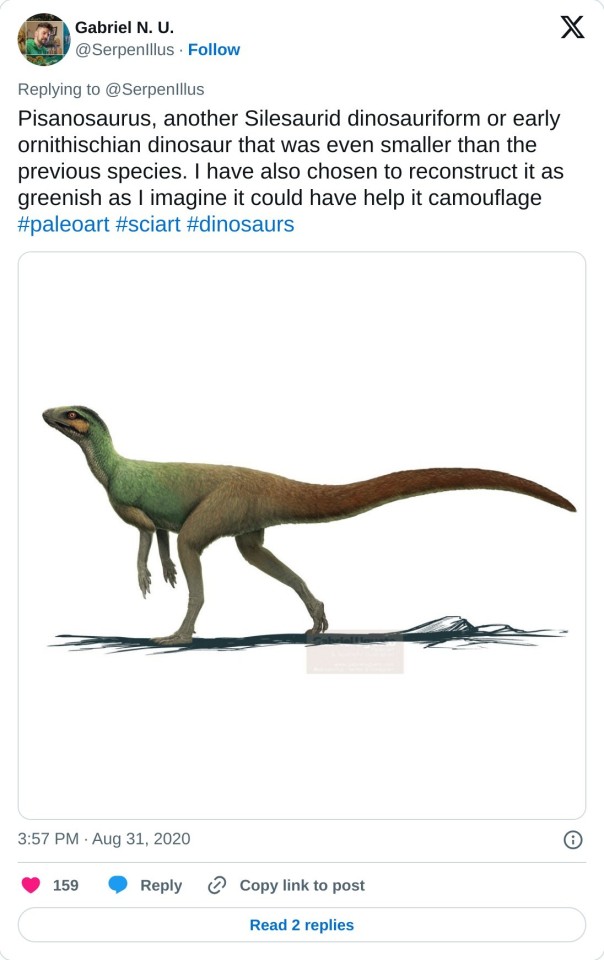
#pleistocene pride#pliestocene pride#mesozoic#triassic#pisanosaurus#dinosaur#dinosaur day#silesaurid#ischigualasto formation
1 note
·
View note
Text
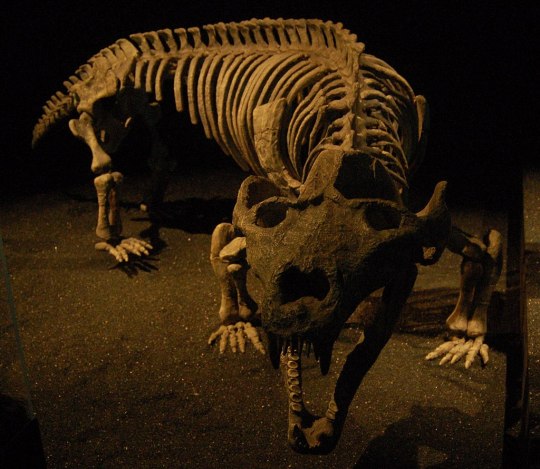



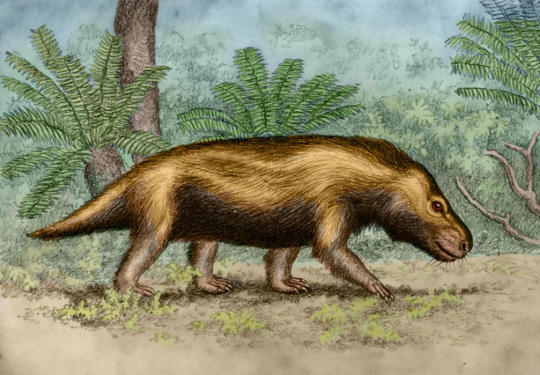

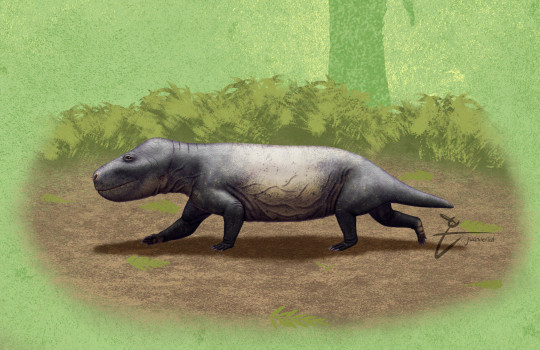
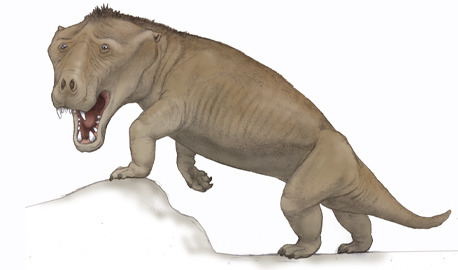
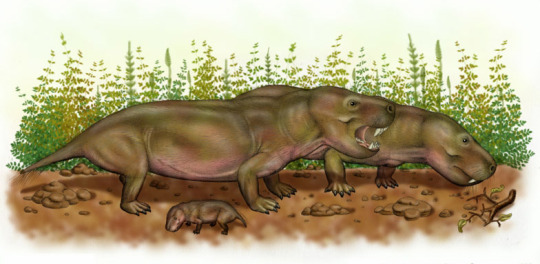
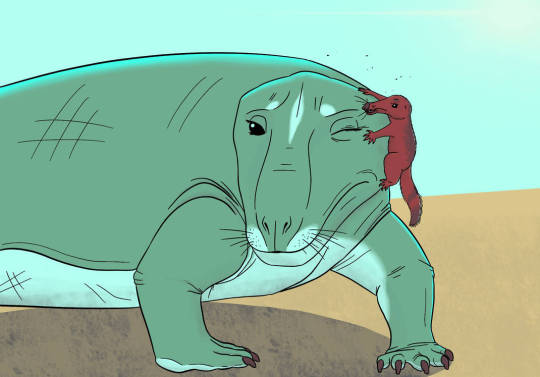
Exaeretodon is an extinct genus of traversodontid cynodont which lived throughout what is now India and South America from the Ladinian stage to the Norian stage of the Triassic period some 235 to 205 million years ago. The naming of exaeretodon seems to have a bit of a complicated history with different specimens having been attributed to various genere such as Belesodon, Traversodon, Theropsis, Ischignathus with the later two genere now considered completely synoyomous with exarertodon. For example the type specimen consisting of a near complete skull was initially described as Belesodon argentines in Ángel Cabrera until with the help of José Bonaparte, they distinquished it as its own distinct genus. Today over 200 specimens have been recovered, some in remarkably good condition including a mother who was preserved pregnant with two calves. Four species are considered valid. E. argentinus from the the Ischigualasto Formation in the Ischigualasto-Villa Unión Basin of northwestern Argentina. E. major and E. riograndensis are from the Santa Maria Formation of the Paraná Basin in southeastern Brazil. And E. statisticae is from the Lower Maleri Formation of India. Reachign some 5 to 6ft (1.5 to 1.8m) in length and 130 to 190lbs (60 to 86kgs) in weight, exaeretodon was a fairly large low-slung creature. Despite its massive jaws and terrifying appearance, studies show its teeth were well developed to grind vegetation meaning that exaeretodon was likely a grazing herbivore. And was on of the most numerous herbivores of the middle and late Triassic southern pangea.
Art used can be found at links below
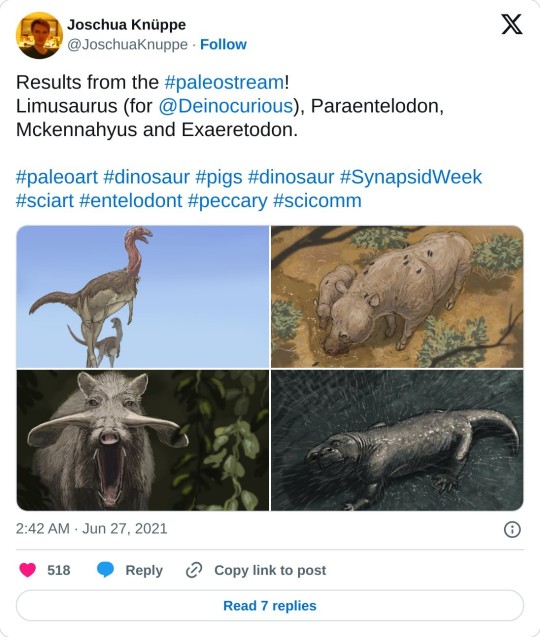
4 notes
·
View notes
